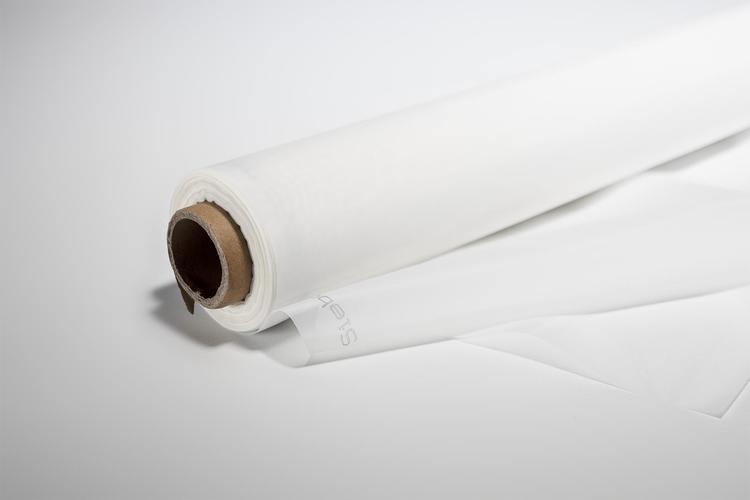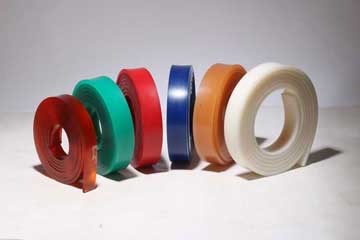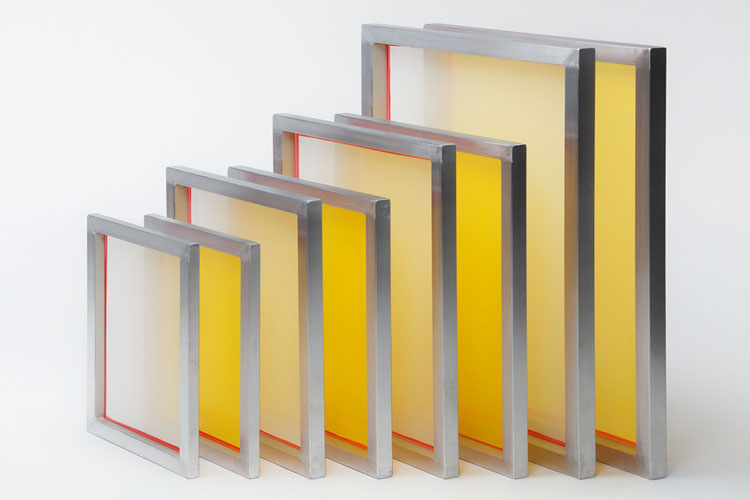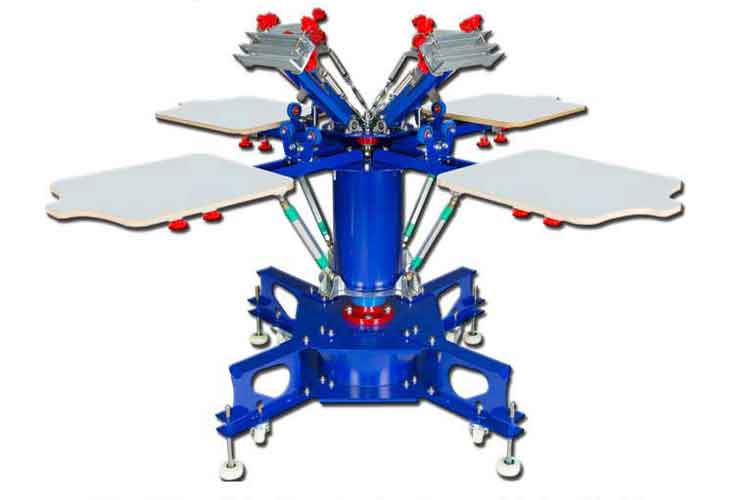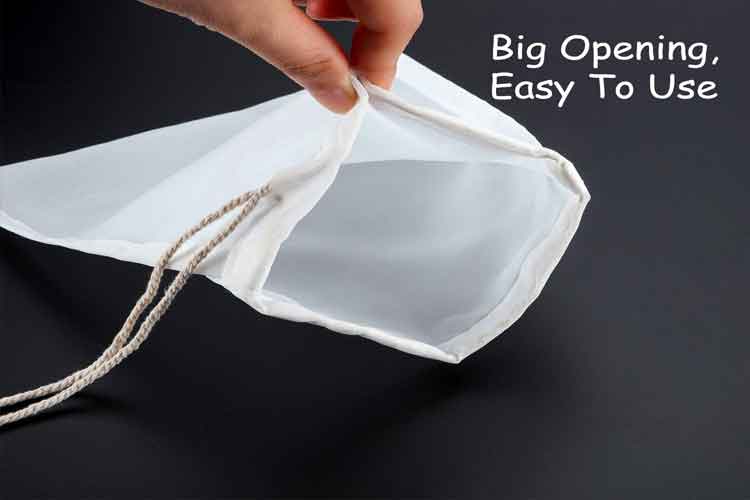Understanding and Choosing the Best Screen Printing Mesh Types for High-Quality Production
Make mesh selection a standard step in job setup: identify the substrate, required detail, ink system, and then choose from a small set of validated screen printing mesh types. Document settings (exposure, emulsion thickness, squeegee angle) so operators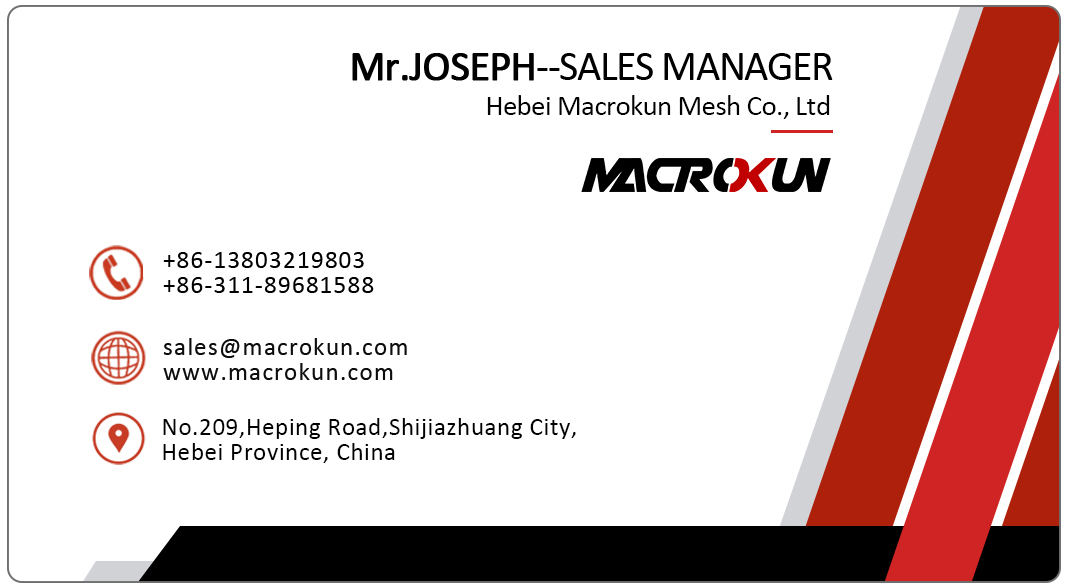
Choose the right cloth: why screen selection changes everything
Not all screens are equal. The difference between a good print and a great one often starts with the mesh you choose. Understanding screen printing mesh types gives you control over detail resolution, ink deposit and the durability of your finished product. When you select the cloth that fits your artwork, inks, and substrates, you reduce reworks and speed up production — outcomes every shop wants.
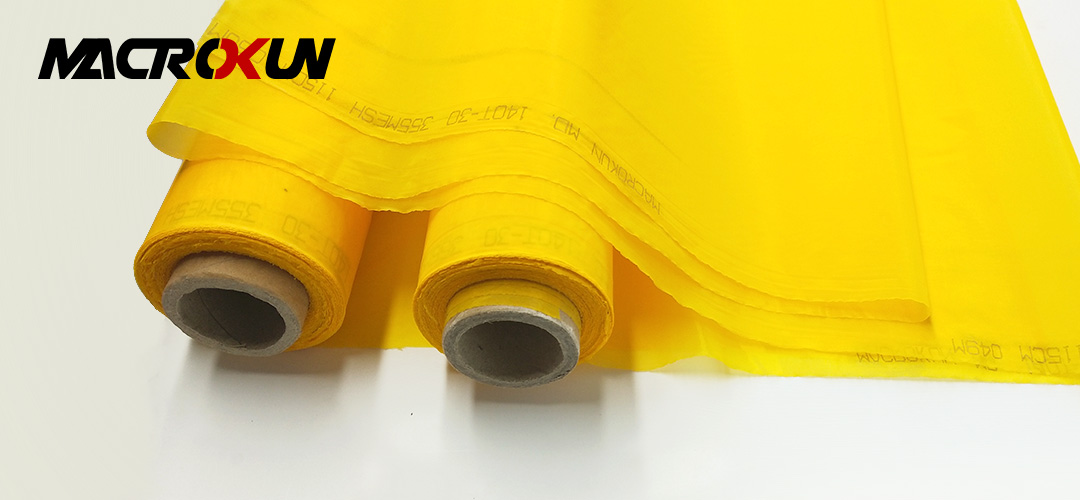
The main families: polyester, nylon and stainless steel
There are three common material families you’ll encounter. Polyester (PET) is the industry standard: it offers low stretch, good solvent resistance, and predictable tensioning, making it the go-to for most apparel and general graphics work. Nylon is more elastic and can be useful for specialized printing on curved or uneven substrates. Stainless steel mesh is the premium option for ultra-high-precision and abrasive or chemical-heavy environments. Choosing among these screen printing mesh types depends on the job requirements and the lifecycle you need from the screen.Microscreen+1
Mesh count vs. aperture: the technical balance
Mesh count and aperture together dictate how fine your output can be and how much ink is transferred. Higher mesh counts produce finer halftones and crisper lines but reduce ink flow; lower counts allow heavier ink laydown for bolder solids. When comparing screen printing mesh types, always look for the manufacturer’s thread diameter and open area percentage — those numbers tell you how the cloth will behave in real-world printing.Lawson Screen & Digital Products
Monofilament and multifilament: what the terms mean
Monofilament mesh is woven from single strands; it provides a smooth surface, better definition, and easier reclaiming. Multifilament warp or specialty woven types were used historically but are less common in modern production. If you’re deciding between options, monofilament polyester is typically the most cost-effective and reliable of the screen printing mesh types for day-to-day use.
Which type for textile printing
For T-shirts and soft goods, polyester monofilament in a mid-range mesh count is usually ideal. It balances fine detail with good ink coverage and holds tension well through many runs. Many shops standardize on one or two mesh counts to cover 80–90% of their work, then add heavier or finer counts for specialty jobs. That practical approach avoids unnecessary inventory while giving flexibility across the screen printing mesh types you’ll use most often.ScreenPrinting.com
Which type for fine-art and halftones
If you need photographic detail or tiny dots, higher-count polyester or specialty stainless steel mesh will be your friend. The lower elongation and dimensional stability of stainless steel can help preserve micro-dot geometry in high-precision applications, making it one of the more specialized screen printing mesh types for demanding graphic work.blog.wstyler.com
Choosing for industrial and PCB stencil work
When precision tolerances matter — for example in electronics stenciling or specialty coatings — stainless mesh or engineered metal meshes deliver the dimensional control necessary for consistent prints. These screen printing mesh types resist deformation under repeated mechanical stress and maintain aperture uniformity far longer than polymeric alternatives.
Practical durability and reclaim considerations
Durability varies: polyester handles normal reclaim cycles and chemical exposure well; nylon can be more forgiving on some substrates but tends to stretch more; stainless steel resists abrasion and solvent damage but costs more. For everyday production, choosing the right screen printing mesh type means balancing initial cost against throughput, downtime for re-meshing, and the quality demands of your clients.nbc-jp.com
How to read supplier datasheets
Supplier datasheets will list mesh count, thread diameter, aperture, open area and recommended tension. These technical figures are your best tools when comparing screen printing mesh types — they let you predict how a cloth will perform with your chosen inks and squeegees before you buy a roll. Request a datasheet and, if possible, a small sample to validate exposure and print characteristics on your equipment.
H2 — Pairing mesh with ink systems and squeegees
Ink viscosity, flood-and-print technique, and squeegee hardness all interact with the mesh. Thicker inks and bold solids work better with lower-count meshes or wider apertures; fine halftones pair with higher counts and firmer blades. Think of mesh selection as part of a system: the material, count, ink and squeegee together determine the final result across the screen printing mesh types you plan to use.
Common mistakes and how to avoid them
Don’t guess on mesh based solely on marketing names; verify thread diameter and open area. Don’t overstretch polyester beyond recommended tension — it weakens the cloth. Don’t force a single mesh to handle every job; keeping a small, considered inventory of a few trusted screen printing mesh types drastically reduces setup time and prevents avoidable defects.
Inventory strategy for small shops
Stock a practical range: one low-count for big solids, one mid-count for general work, and one high-count for fine detail. Keep a spare framed screen for each popular job and label rolls by supplier and lot number. This inventory approach helps you respond to rush jobs and keeps your production predictable across the screen printing mesh types you use frequently.
Environmental and chemical compatibility
Some jobs require exposure to aggressive solvents or frequent acid/alkaline cleaning. Polyester is resistant to many common cleaners, while stainless and some specialized nylons tolerate more extreme chemistries. When selecting among screen printing mesh types, confirm chemical compatibility with your reclaim and cleaning agents to avoid shortened cloth life.
Cost vs. value: the operations view
A premium mesh may cost more per meter but can reduce downtime and rework. Evaluate mesh choice on lifetime cost and first-pass yield, not just upfront price. Selecting the correct screen printing mesh types for your workload is an operations improvement: small extra spend on the right cloth usually saves money through consistent throughput and fewer customer complaints.
Final recommendation: standardize and optimize
Make mesh selection a standard step in job setup: identify the substrate, required detail, ink system, and then choose from a small set of validated screen printing mesh types. Document settings (exposure, emulsion thickness, squeegee angle) so operators can reproduce results. Standardization reduces variance and helps your shop scale cleanly — giving you consistently better prints and happier clients.
Next:none
Tags:
